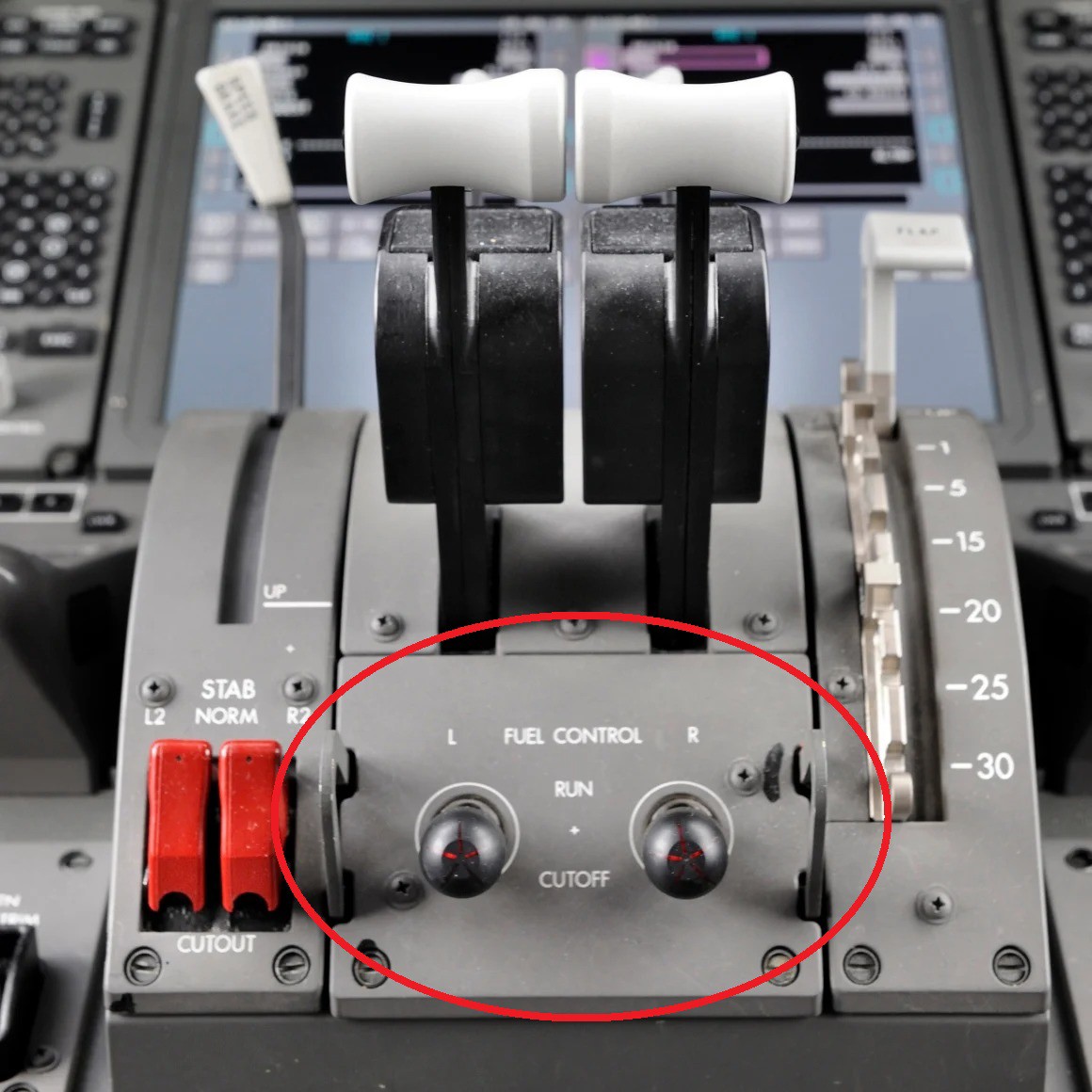Ahmedabad, India, June 12, 2025 – The catastrophic crash of Air India Flight 171, a Boeing 787-8 Dreamliner, has left the world in shock. Just 30 seconds after taking off from Sardar Vallabhbhai Patel International Airport in Ahmedabad, India, the aircraft, carrying 230 passengers and 12 crew members, crashed into the dormitory of BJ Medical College, claiming the lives of 279 people, including 241 on board and 38 on the ground. Only one passenger, Vishwash Kumar Ramesh, seated in 11A near an emergency exit, miraculously survived. As the investigation continues, a new detail has emerged: a mysterious Morse code signal allegedly sent from the cockpit just before the crash. Could this be the key to unraveling the decade’s worst aviation disaster?
The Fateful Moment
Flight AI171 departed at 13:38 local time (08:08 UTC) from Ahmedabad, bound for London’s Gatwick Airport. According to Flightradar24 data, the Boeing 787-8 Dreamliner reached a maximum altitude of 195 meters before losing its transponder signal after 50 seconds. Footage from security cameras, verified by BBC Verify, showed the aircraft struggling to maintain altitude, skimming over a residential area before crashing into the dormitory, triggering a massive explosion with thick black smoke.

The scene at the crash site was a nightmare. The tail of the aircraft was lodged in the building’s roof, with debris scattered across the area. Rescue teams worked through the night, recovering 274 bodies, including 241 passengers and crew. Vishwash Kumar Ramesh, the sole survivor, recounted hearing a loud explosion before the plane lost altitude. He escaped through an emergency exit that had been torn open during the impact, while his brother Ajay, seated next to him in 11J, did not survive.
The Investigation: A Jigsaw Puzzle
India’s Aircraft Accident Investigation Bureau (AAIB), in collaboration with experts from Boeing, General Electric, and aviation authorities from the U.S. and U.K., is working to uncover the cause of the crash. The black boxes, including the cockpit voice recorder (CVR) and flight data recorder (FDR), have been recovered and are under analysis. A preliminary report released on July 12 revealed a striking detail: both fuel control switches were moved to the “CUTOFF” position almost simultaneously after takeoff, causing the engines to lose thrust.

The cockpit voice recording adds to the mystery. One pilot was heard asking, “Why did you cut the fuel?” while the other responded, “I didn’t.” The report does not specify whether the captain or first officer made these statements. This has led to multiple theories, ranging from pilot error and technical failure to the possibility of sabotage.
However, a previously undisclosed detail is now causing a stir in the investigation community: a brief Morse code signal, transmitted on the emergency frequency 121.5 MHz just before the plane lost contact. The signal, consisting of the letters “X-Y-Z,” does not correspond to any standard aviation communication protocol. Experts are now questioning: Was this a desperate message from the crew, or merely random interference?
The Morse Code Signal: Clue or Coincidence?
In modern aviation, Morse code is rarely used in emergencies, with radio communications and ADS-B transponders being the norm. However, the 121.5 MHz frequency, often referred to as the “emergency frequency,” is still monitored by air traffic control and nearby aircraft. According to an AAIB source, the “X-Y-Z” signal was recorded by an Ahmedabad air traffic control station just 10 seconds before the plane issued a mayday call.

Indian aviation expert Kishore Chinta, a former AAIB investigator, remarked, “This signal is highly unusual. It doesn’t align with any emergency communication procedures pilots are trained for. It could be a desperate attempt by the crew to convey a message, but the meaning of ‘X-Y-Z’ is unclear.” He speculated that the signal might be related to a technical issue in the aircraft’s electronic control system or even an intentional act by a third party.
Other experts, like Anthony Brickhouse from the U.S., are skeptical about the signal’s authenticity. “It could simply be electromagnetic interference or equipment malfunction. In a chaotic situation, pilots would hardly have time to send Morse code, especially with only 30 seconds to react.” However, he acknowledged that if the signal is confirmed to be intentional, it could open an entirely new avenue of investigation.
Theories: Technical Failure, Pilot Error, or Sabotage?
The investigation is currently exploring three main scenarios:
-
Technical Failure: The preliminary report suggests both General Electric GEnx engines may have lost power simultaneously, an extremely rare event. Experts suspect contaminated fuel or a fault in the electronic engine control (EEC) system could be to blame. The FAA issued a warning in 2018 about fuel control switches on some Boeing 737s, though it did not apply to the 787. However, the similar switch design on the 787-8 has prompted investigators to consider whether a related issue occurred.
Pilot Error: The Air Line Pilots Association of India (ALPA-I) has strongly opposed this theory, arguing that no “sane” pilot would touch the fuel switches at such a low altitude without a critical reason. Both pilots on the flight were highly experienced, with over 8,000 flight hours, and passed pre-flight alcohol tests.
Sabotage: India’s Civil Aviation Minister, Murlidhar Mohol, confirmed that sabotage is being considered. The “X-Y-Z” Morse code signal has fueled speculation about an intentional act. Some experts theorize it could be an internal code used by the crew or even a signal from a third party interfering with the aircraft’s systems. However, no concrete evidence supports this theory yet.
Psychological and Social Impact
The crash is not only a technical tragedy but also a profound wound for the community. Several Air India pilots have reported symptoms of post-traumatic stress disorder (PTSD), with one case of a pilot experiencing a panic attack before takeoff at Delhi airport. The Laxminagar residential area near Ahmedabad airport is gripped by fear every time a plane flies overhead. Local resident Gopal Parmar shared, “The sound of planes is no longer familiar. It makes us shiver.”
Air India, owned by the Tata Group, has announced compensation of 10 million rupees (approximately $116,854) for each victim’s family, along with support for medical care and rebuilding damaged infrastructure. However, public and media pressure is mounting, threatening the airline’s reputation.
Unanswered Questions
The “X-Y-Z” Morse code signal could be the key to solving the crash, or it might be a red herring. Was it a desperate message from the crew, a technical glitch, or evidence of a larger conspiracy? With the full investigation report expected within a year, the world awaits answers. For now, the tragedy of Flight AI171 continues to haunt the aviation industry, raising questions about whether technological advancements are truly enough to prevent unforeseen disasters.




